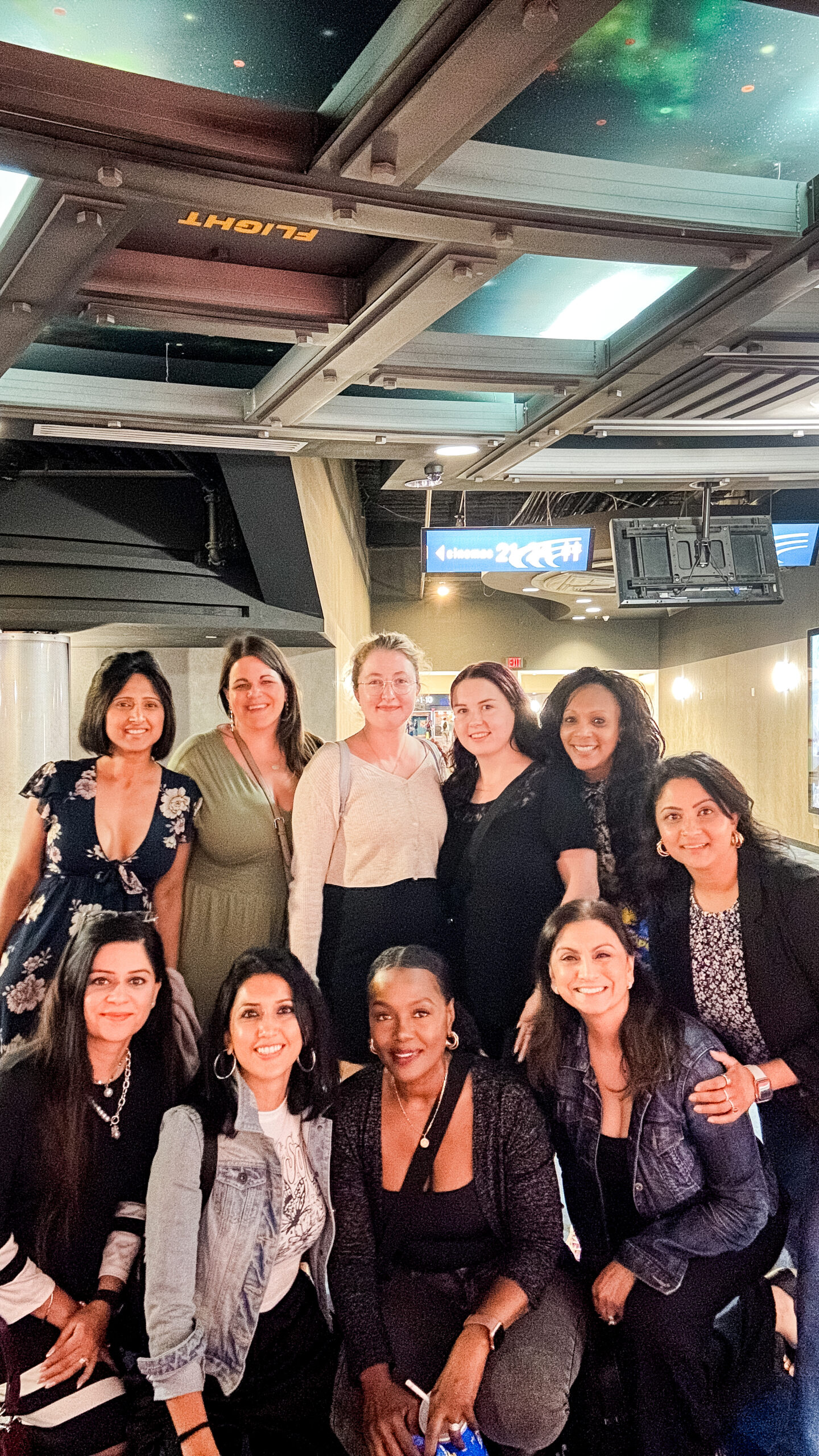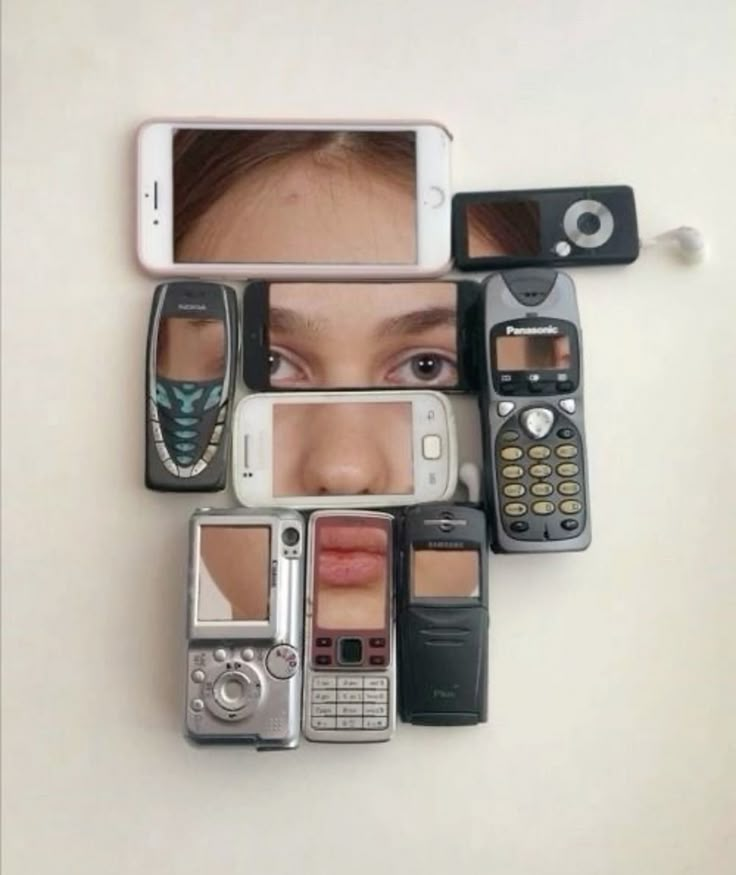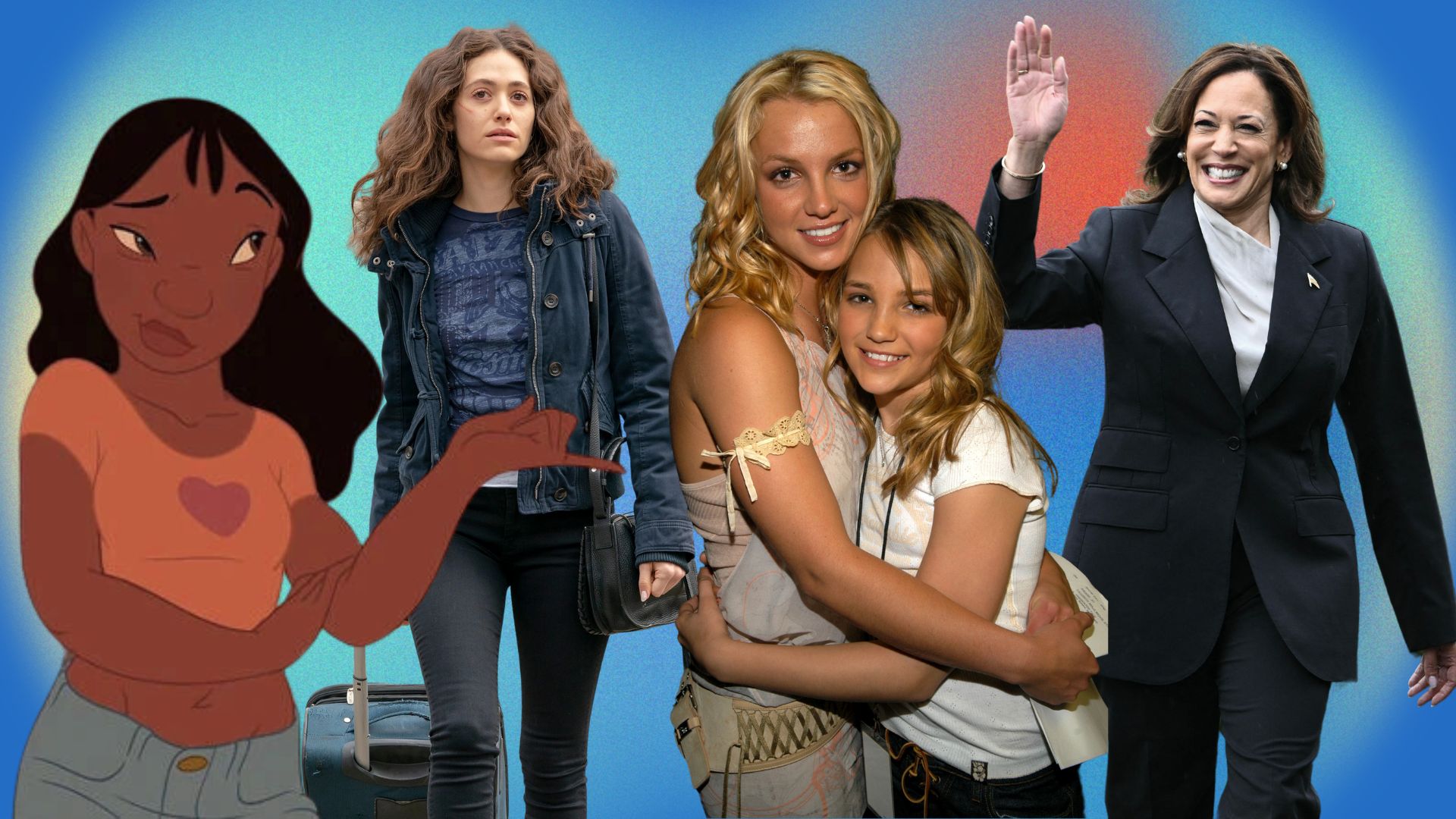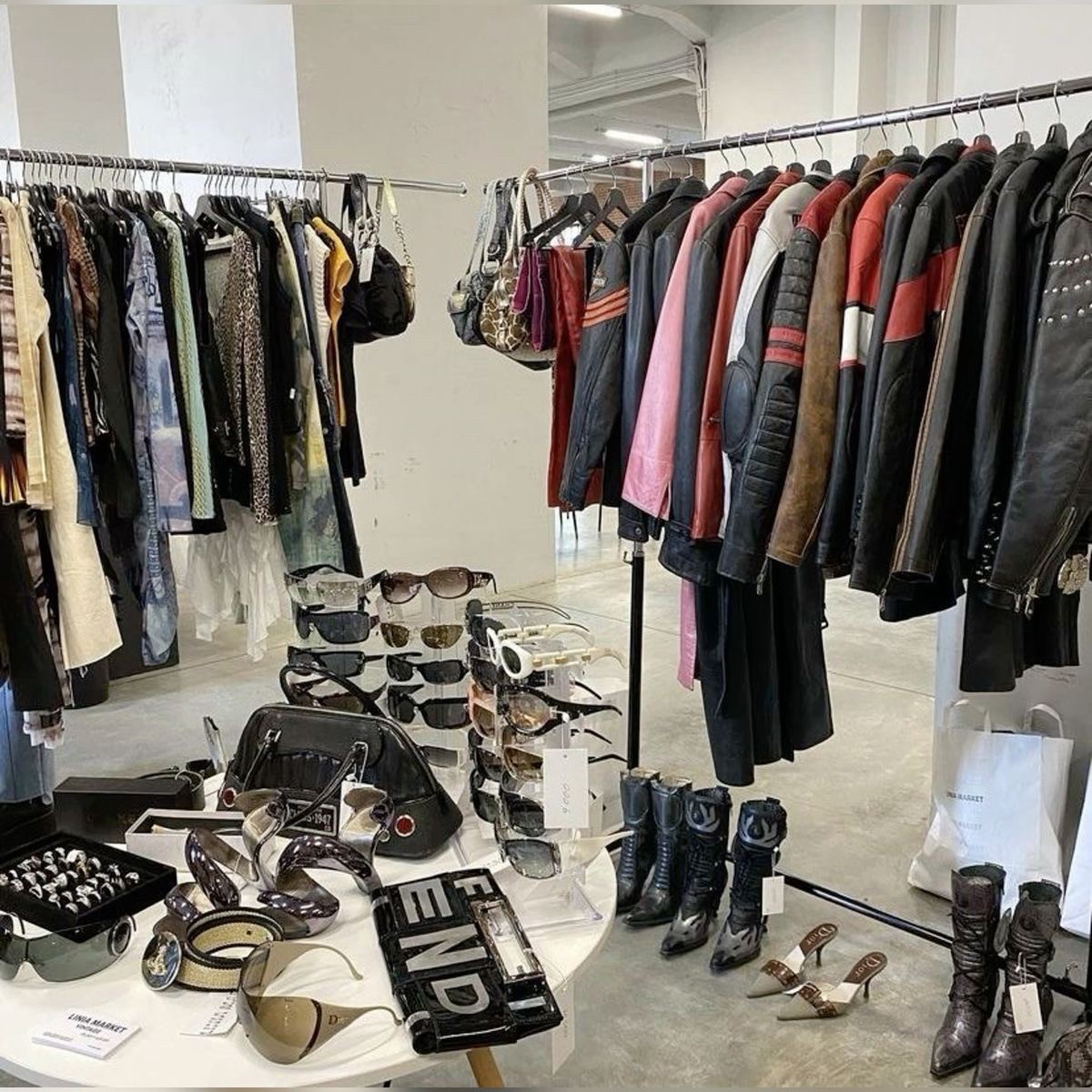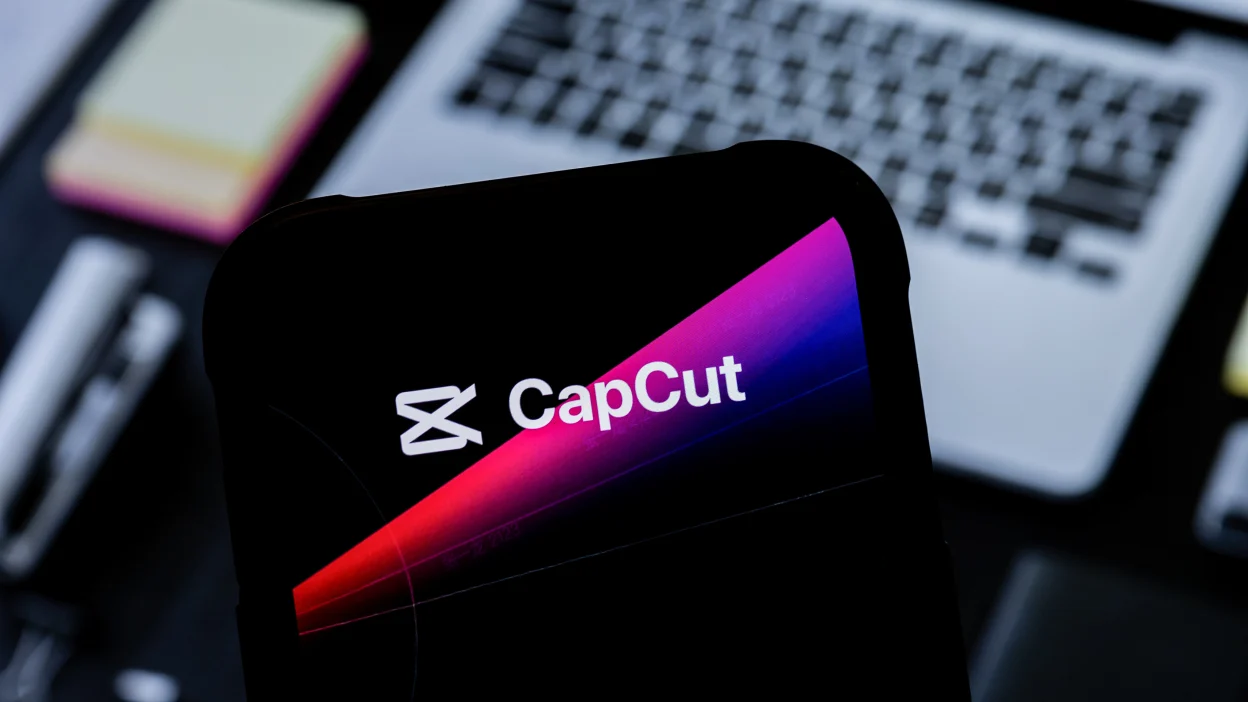The moment I found out Colleen Hoover’s Book It Ends With Us would be made into a movie, I knew I wanted to watch it with my closest friends. While many of us are running around living life, doing life, and surviving life, I knew if I planned this in time, friends would be able to set aside a night to themselves to watch it with me. So, I began to plan the quaintest night. For months, I have been excited about the release of this movie. The movie would veer close to suicide, homelessness, generational trauma, child murder, divorce, friendship, entrepreneurship, unintended pregnancy and never-forgotten love.
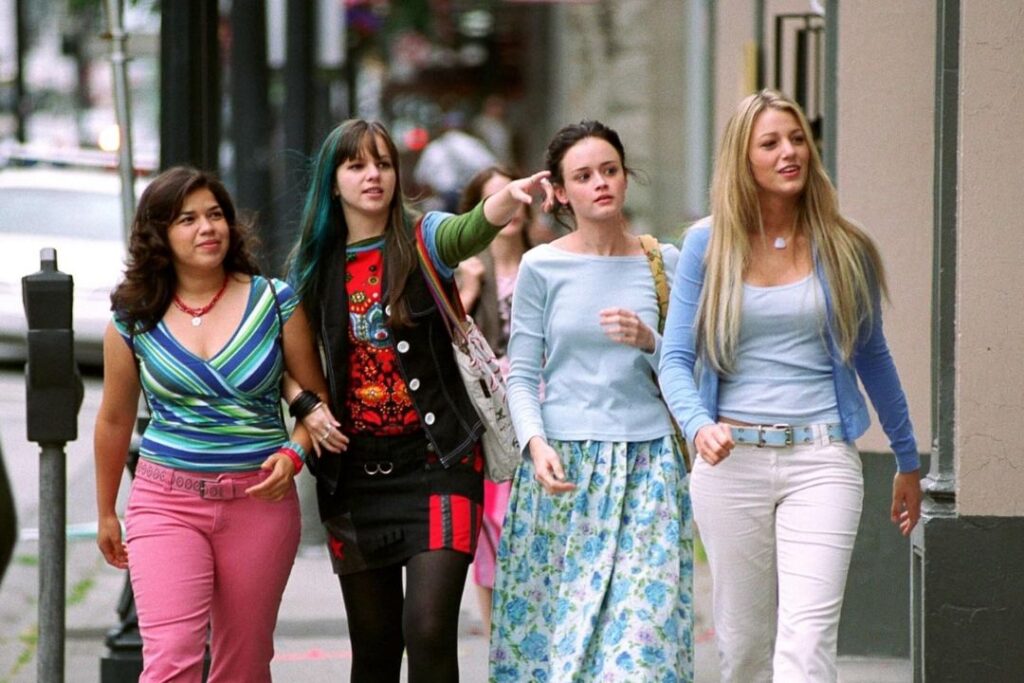

Blake Lively is a powerhouse. This woman has undoubtedly taken every opportunity, opened every door and walked some pretty long roads while being a mom, entrepreneur (the new launch of her haircare line), friend, and wife.
But she could have done more, especially after the launch of this movie. Critics pointed out the disconnect between Lively framing her film like a celebratory girls’ night and the actual content, in which a woman experiences violence from her romantic partner, the suicide of friends going through significant changes, holding space for friends, and mental health advocacy. The topics are a big and all are valid.
Just because we didn’t end up on the same wave, doesn’t mean we aren’t still in the same ocean.
Colleen Hoover



The film follows Lily (Blake Lively) as she overcomes a traumatic childhood and embarks on a new life. But after getting romantically involved with neurosurgeon Ryle, she sees sides of him that remind her of her parents’ abusive relationship. When someone from her past, Atlas (Brandon Sklenar), reenters her life, things are complicated even more, and Lily must learn to rely on her own strength to move forward.
As nine of my closest friends sat in their chairs individually, I looked at them, knowing a piece of them would be reflected in this movie. They have shared with me big moments in their lives, their weakest moments, and the tribulations, and right now, whatever we are each going through, we remain steadfast in holding space for each of us. Choosing an experience like this would bring us closer and deepen the bonds we have already formed.
I have to admit I am incredibly proud of each of them, as the movie showcased life lessons about self-acceptance, self-love, and self-worth being taught here. We often don’t give ourselves enough space, time, and space to breathe, as throughout the movie, some heavier themes portray aspects of a life we either have experienced, witnessed, or know of. We interpret things differently, and two scenes were tear-jerking moments. The moment Lily and her best friend Allysa (Jenny Slate) have an honest conversation about being abused and choosing to return to an abuser for the sake of a child.
The second scene that we can all agree on is the moment after Lily gives birth to her daughter while her husband, the father of her child and abuser, sits next to her. In that moment Lily says “I want a divorce”, “She asks him to imagine what he would say to their daughter if she grew up to be hit by the person she loved. He says that he would tell his daughter that she deserved so much more and that he would tell her daughter to leave him.” They cry together, and Lily thinks about how they’re breaking the cycle of violence she grew up with.
If you have read the book a Heroines Journey by Maureen Murdock, she discusses “Healing the Mother/Daughter Split“.
The mother-daughter split is an archetypal wounding. To heal the split, our emotional and spiritual natures must be reclaimed. Healing must center around feelings of abandonment, restore nurturing connection, and honour Mother Nature. The heroine can take back the dark by developing the wisdom and courage to reclaim the discarded. Paths to healing include gathering support from others (especially those who embody the Good Mother), celebrating the Divine Feminine found in myths, and learning to ask for help.
I highly recommend you read this incredible book. Monomyths are ideas based on common themes in stories about heroes from different countries, times, and parts of history. The hero’s journey is based on these themes. This means that the monomyth comes from making “generalizations” and “universal claims” about the hero’s journey.
The heroine’s journey came about in 1990 when Maureen Murdock, a Jungian psychotherapist and a student of Joseph Campbell, published a self-help book called The Heroine’s Journey: Woman’s Quest for Wholeness in response to Campbell’s Hero’s Journey model. She developed the guide while working with her female patients. Murdock stated that the heroine’s journey is the healing of the wounding of the feminine that exists deep within her and the culture. Murdock explains, “The feminine journey is about going down deep into soul, healing and reclaiming, while the masculine journey is up and out, to
The movie’s choice of one-of-a-kind vintage pieces inspired me. It truly leaned toward the balance between masculine and feminine elements. I love me, and a dungaree.
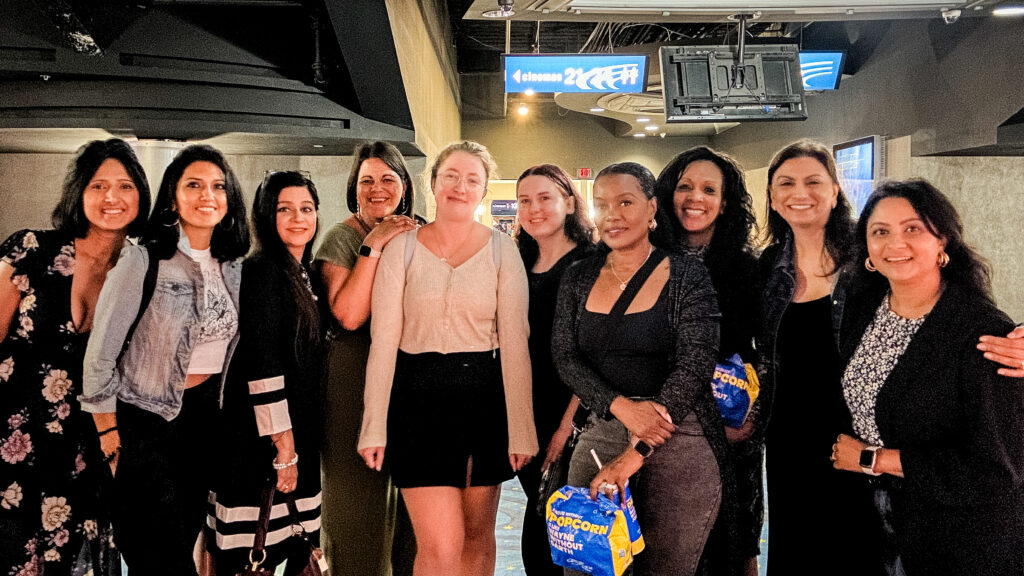
Today, I hold space for these women in my life. If I have not convinced you to host an experience with friends, go try it, come back to this, and tell me it did not work. I believe in helping everyone understand our complicated world so that we can all help to shape it. I aim to create clear, accessible stories to empower understanding and action.
